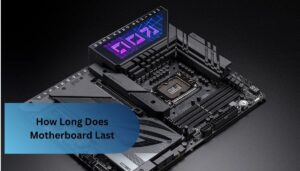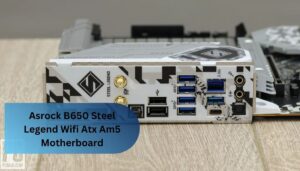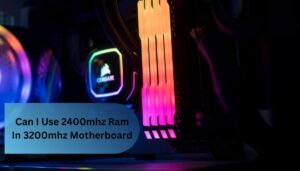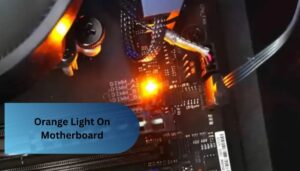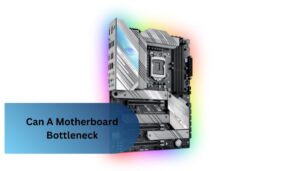How Much Does It Cost To Replace A Motherboard – What To Know!
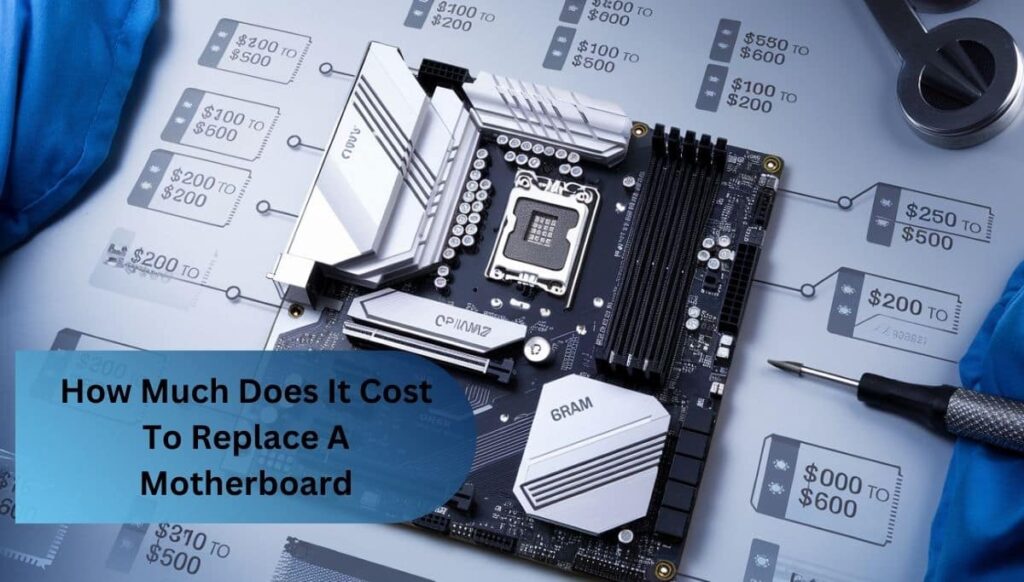
When I had to replace my motherboard, the total cost was around $350, which included a mid-range motherboard and labor fees. It was a bit of a hassle, but having my computer up and running again felt great!
Replacing a motherboard usually costs between $100 and $600, which includes both parts and labor. The final price varies based on the type of motherboard you choose and whether you decide to hire a professional for the installation.
Introduction Cost To Replace A Motherboard
When considering how much does it cost to replace a motherboard, it’s essential to factor in both the price of the motherboard itself and the labor involved. The cost to replace a motherboard can vary widely depending on the type of motherboard you choose, with basic models typically costing less than high-end ones.
Additionally, how much does it cost to replace a motherboard may also include extra expenses for compatible components, like a CPU or RAM. If you’re hiring a professional, their fees will contribute to the overall cost to replace a motherboard, which could lead to a total expense of a few hundred dollars. Understanding these elements will help you gauge how much does it cost to replace a motherboard in your system.
What Is A Motherboard?
A motherboard is the central circuit board in a computer that connects all the important parts, such as the CPU, RAM, and storage devices. It acts like the computer’s backbone, helping everything work together smoothly.
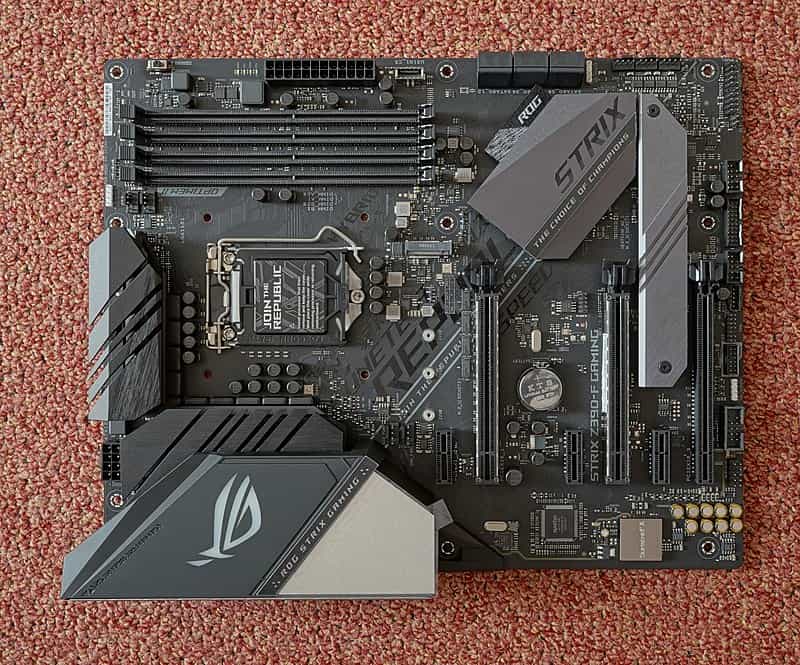
The motherboard has slots for different components, power connectors, and ports for devices like keyboards and mice. It also includes a chipset that controls how data moves between the CPU and other parts. In short, a motherboard is essential for a computer to operate properly, as it allows all the components to communicate and function effectively.
Signs You Need A New Motherboard
1. Frequent Crashes and Freezes:
Frequent crashes and freezes are strong indicators that you may need a new motherboard. If your computer often shuts down unexpectedly or becomes unresponsive during tasks, it can be frustrating and disruptive. These issues can stem from a failing motherboard, which struggles to handle the connections between components.
Read Also: Is My Motherboard Compatible With Gpu – Lets Find Out!
2. Failure to Boot:
- If your computer doesn’t turn on at all when you press the power button, it may indicate a motherboard problem.
- Seeing error messages during startup, like “No Boot Device Found,” can also signal a faulty motherboard.
- Inconsistent booting, where your computer sometimes starts up and sometimes doesn’t, often points to motherboard issues.
3. Visible Damage:
Visible damage on a motherboard is a clear sign that it needs replacement. Look for burnt areas, bulging capacitors, or any signs of corrosion, as these can severely impact performance. If you notice any of these issues, it’s important to address them quickly to prevent further damage to your computer.
Cost Of Replacing A Motherboard
1. Type of Motherboard:
- Standard Motherboards: These are basic models designed for everyday use, suitable for tasks like web browsing and office work.
- Gaming Motherboards: Built for gamers, these often have advanced features for better performance, including enhanced cooling and overclocking options.
- Workstation Motherboards: These are designed for professionals and creatives, offering powerful capabilities for tasks like video editing and 3D rendering.
- Mini-ITX Motherboards: Compact in size, these are ideal for small builds, providing essential features without taking up much space.
2. Labor Costs:
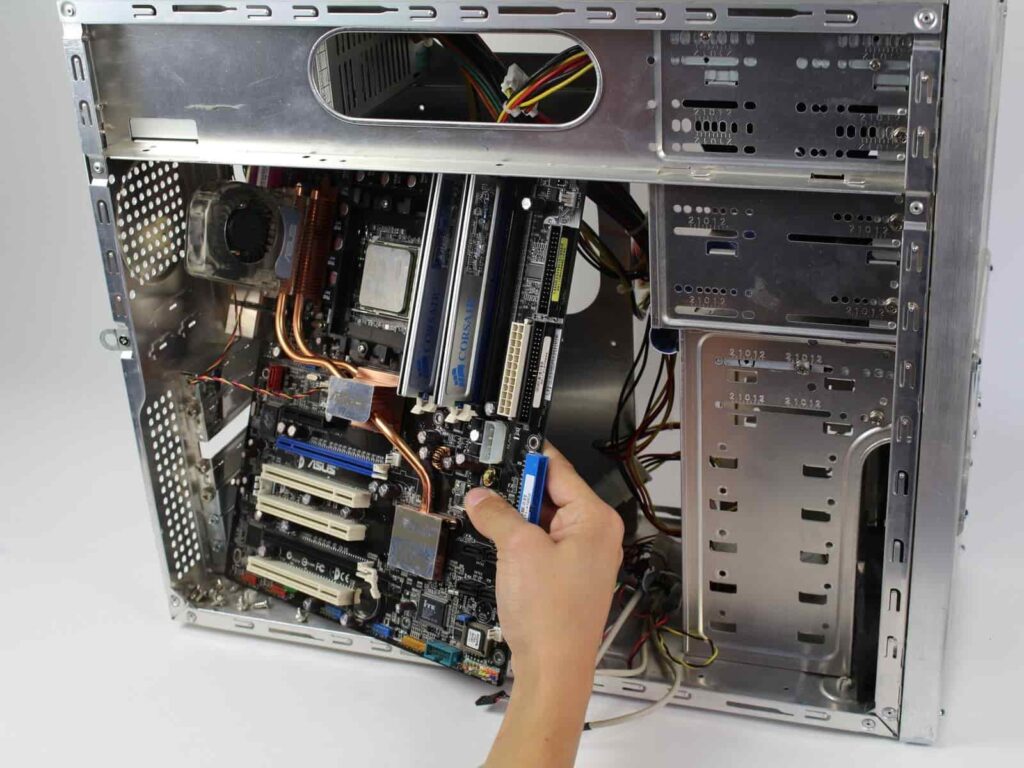
Labor costs for replacing a motherboard can vary significantly based on where you go for help. If you hire a professional technician, expect to pay between $50 and $150 per hour for their services. The total labor cost often ranges from $50 to $450, depending on how long the replacement takes and the complexity of the job.
3. Additional Parts:
When replacing a motherboard, you may need to purchase additional parts to ensure compatibility and optimal performance. This can include a new CPU if the current one doesn’t fit the new motherboard, as well as RAM that matches the motherboard’s specifications. Other components, like a compatible cooling system or power supply, might also be necessary to complete the upgrade effectively.
Diy Vs. Professional Replacement
When it comes to replacing a motherboard, you have the option to do it yourself (DIY) or hire a professional. Choosing the DIY route can save you money, but it requires some technical skills and knowledge about computer components. On the other hand, professional replacement ensures that the job is done correctly, reducing the risk of further issues.
1. DIY Replacement:
- Cost Savings: You avoid labor fees, making it cheaper overall.
- Replacing your motherboard yourself gives you valuable hands-on experience, helping you understand how different computer parts work together.
- If you’re not familiar with replacing a motherboard, it can take a considerable amount of time to figure out the steps and ensure everything is connected correctly.
Read Also: Do I Need To Connect Sata Cable To Motherboard – The Confusion Explained!
2. Professional Replacement:
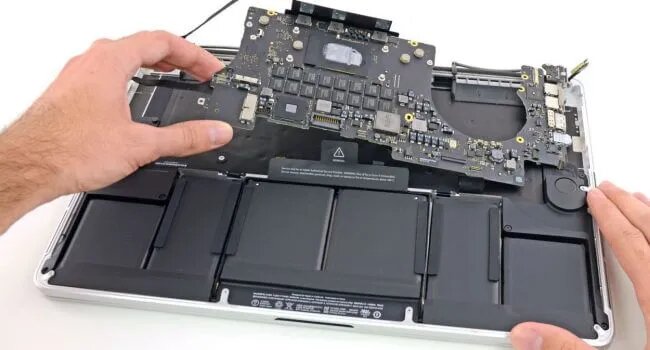
- Expertise: Technicians have the skills to handle the replacement efficiently.
- Warranty Protection: Many professionals offer warranties on their work, providing peace of mind.
- Less Stress: You won’t have to worry about making mistakes during the process.
FAQ’s
1. Is it worth replacing a motherboard on a computer?
Replacing a motherboard can be worth it if your computer is relatively new and the repair costs are lower than buying a new system, especially if it still meets your needs for performance and functionality.
2. Will I lose everything if I change my motherboard?
Changing your motherboard typically won’t cause you to lose your data, as long as you don’t format your hard drive during the process.
3. Is a motherboard repairable?
In some cases, a motherboard can be repaired if the damage is minor, like a burnt capacitor or a loose connection. However, extensive damage often makes replacement the more practical solution, as repairs can be costly and may not guarantee long-term reliability.
4. How do I know if I need a new motherboard?
You may need a new motherboard if you experience frequent crashes, fail to boot up, or notice visible damage on the motherboard itself.
5. What happens when motherboard is replaced?
When a motherboard is replaced, you may need to reinstall the operating system and drivers, but your data on the hard drive should remain intact.
Conclusion:
The cost to replace a motherboard can vary significantly based on factors like the type of motherboard, labor fees, and any additional parts needed. Generally, you can expect to spend between $100 and $600 for the entire process.
Understanding these costs can help you make informed decisions and budget appropriately for your computer repair.
Read More:
